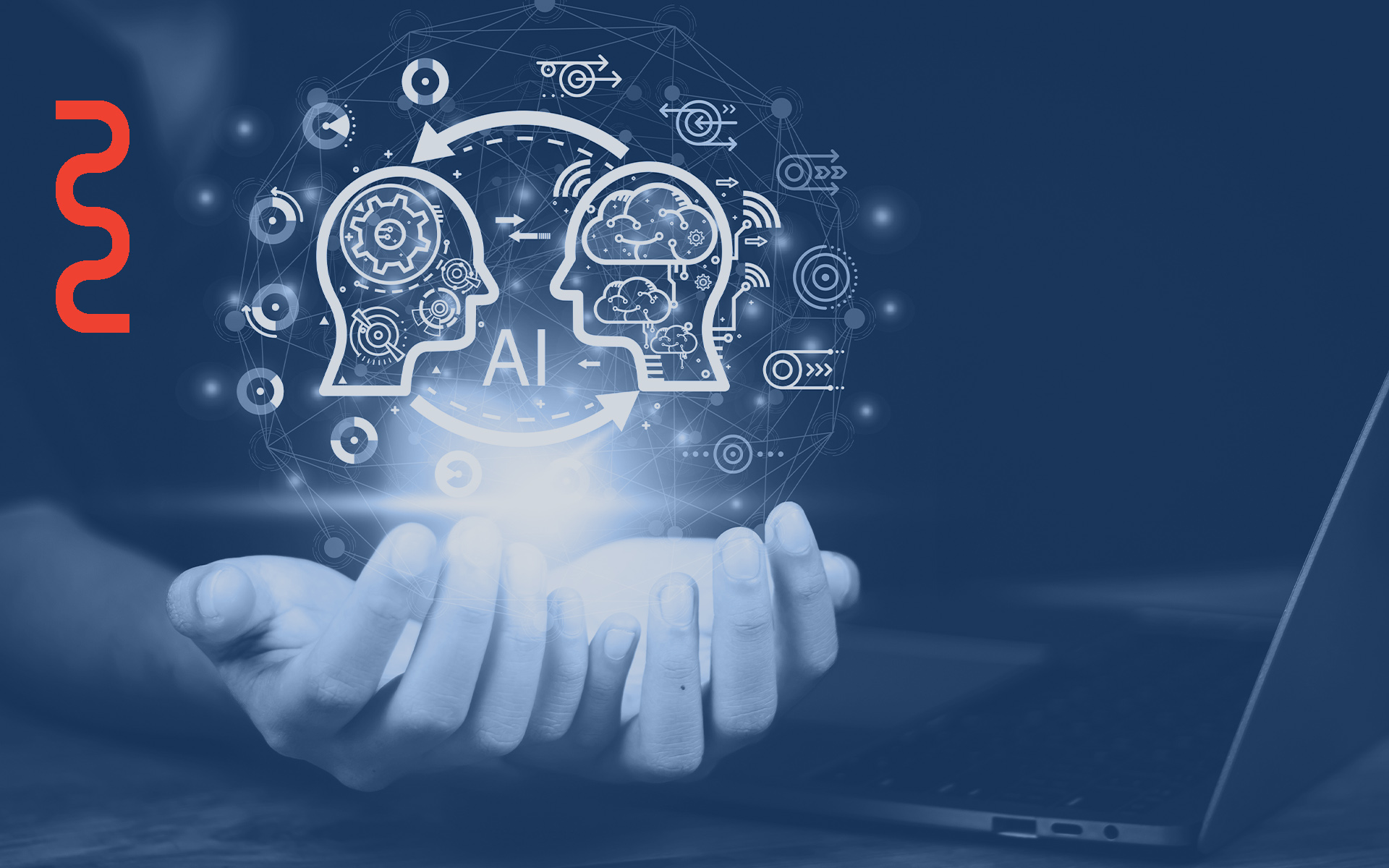Subscribe
Generative AI is a powerful tool with huge potential for your business. But how can you use it effectively?
Professor Shoeb Hosain is a lecturer at the Desautels Faculty of Management at McGill University and the director of the DataSphere Lab. In the Lab, he and his students develop data solutions for businesses that come to them for help. And these days, that often means helping implement AI into their operations.
And it’s a challenging question. For some businesses, it’s not always apparent how AI can benefit them. But Hosain recommends looking into it sooner rather than later.
“If you wait too long, you might not have a chance to catch up,” he said in an interview on the McGill Delve podcast.
This doesn’t mean AI is always the best solution for every problem. But taking those first steps can be critical to ensuring you’re using every tool available to maintain your business’s competitiveness.
The right goals
When companies reach out to the DataSphere Lab for help, they generally do so in one of two ways, explained Hosain. In some cases, they’ll have an idea of how AI can solve a problem for them, so they’re looking for help with development and implementation.
In other cases, businesses don’t know how AI can help them, but they don’t want to lose a potential competitive advantage. So, they allocate some time and resources to exploring what kinds of problems AI can solve for them. In these cases, Hosain and his team of students help the business identify pain points in their organisation where AI can help.
“Not every problem is solvable with AI,” said Hosain. Which is why it’s important to remember what generative AI is good at: research, giving you a starting point, validating information, or increasing consistency in areas of your organisation.
Generative AI is, simply put, a super data processing tool. In a few seconds, it can access and synthesise information that would take a human much more time to accomplish. It then outputs its work in a way that’s useful to the user, hence the “generative” part of its name. This is how the famous AI-powered chatbot ChatGPT learned how to speak English. It analysed vast amounts of text that it could then repackage into words and sentences that mimic human conversation.
While ChatGPT demonstrated AI’s ability to process something as complex as human language, the underlying technology can do so much more. In life sciences, an AI model can generate synthetic data for researchers studying rare diseases. It can scan through online search results and summarise information from multiple sources. It can read tables of raw data and help you interpret them. AI is, to a certain extent, only limited by what you can imagine for it.
Narrower uses of generative AI might require a custom model, however, which would require time and resources to develop, explained Hosain. If a drug company needs an AI specialised in chemical analysis, the model would need to learn from limited and complex datasets. Its outputs would also have to be carefully validated by scientists.
This kind of application, while powerful in its own right, limits what the AI can do for you. An AI specialised in chemical analysis will hardly be helpful for someone looking for help processing HR documents.
A more general model could be helpful, then. A tool like ChatGPT, which is trained on diverse information from across the Internet, can help employees produce work more efficiently and supplement their work with information they may not have been aware of. Marketers could use such a tool to upload previous marketing plans along with key performance metrics. Then the AI can generate a plan based on this information, and even supplement it with knowledge of its own, taken from elsewhere on the Web or within the organisation’s databanks.
No such thing as a quick fix
Hosain is careful to admit that any AI implementation will need time before it can yield maximum value for your organisation. But the first phase, which involves checking if the tool does anything close to what you want, can be done in as little as two months.
In one case, Hosain and his students developed an AI that enhanced product descriptions based on market trends. Training the AI to cover the company’s diverse catalogue of products could take months. But, by limiting the dataset to a single product type, they yielded results in a couple of months.
“Our goal there is to show that it has some reasonable results,” he said. If so, they can continue on the longer journey towards widespread implementation.
“There’s certainly value there if you can have that longer-term approach,” he said.
Professor Shoeb Hosain is the director of DataSphere Lab at the Desautels Faculty of Management at McGill University. Check out his interview with Eric Dicaire on the McGill Delve podcast for more insights on AI implementation in business. Search “McGill Delve” wherever you download podcasts.
This article was written by Eric Dicaire, managing editor of McGill Delve.











